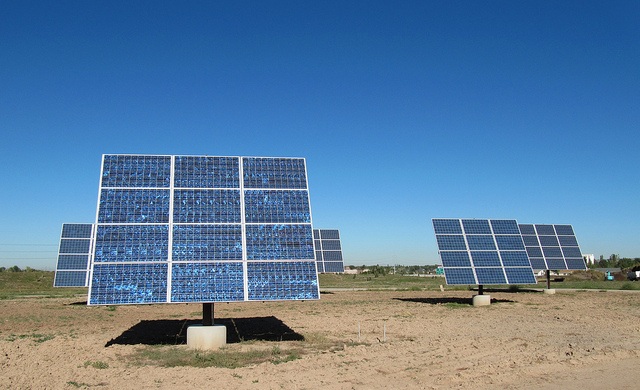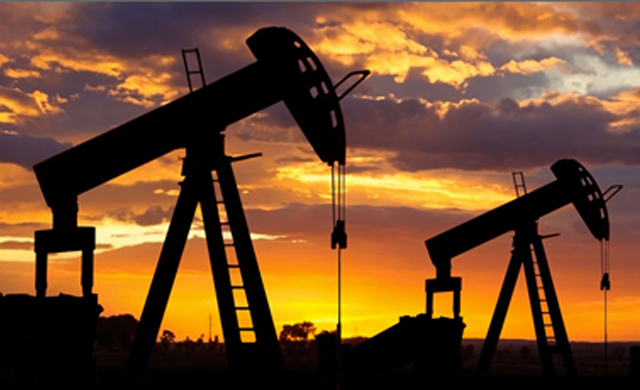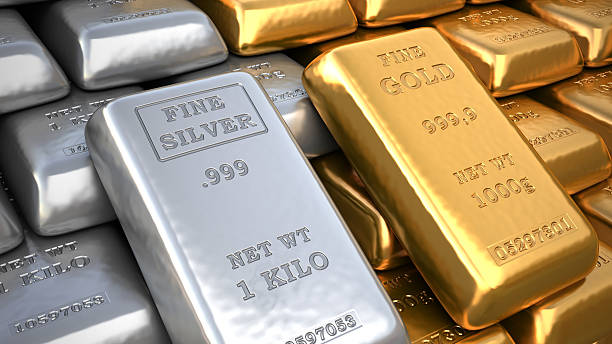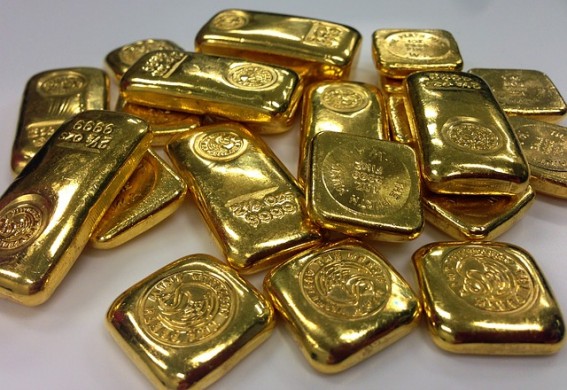Well, as the sun singes crops across America pushing grain prices to 3 month highs, the Sino-US trade war heats up and polysilicon hits the spotlight.

From Japanese skis (because Japanese snow is different), to bio-fuels and US made chickens, protectionism of domestic markets has always been a tit for tat affair. Three months ago the US decided it would be a really good idea to whack import tariffs onto Chinese solar modules. Preliminary leaks to the market implied that these would be in the region 2-5%. The Chinese weren’t too worried as they could outsource their module production to the Taiwanese. But after consistent lobbying by Solarworld and their chums, tariffs came into force that were in the region of 30%-250% and on Chinese produced solar cells, not modules – so no loophole and excessively large.
Hmmm… yet another trade war in the offing…
So who sits where in global solar value chain? Well America and Korea produce the bulk of the raw material, polysilicon, and the Chinese take that polysilicon and turn it, by hook or by crook, into solar modules, which are then shipped into Europe and mainly chucked onto Italian and German roofs. Three distinct phases – raw material (US and Korea), Product (China and to an extent Taiwan) and Installation (Europe).
Polysilicon is pure silicon made from sand – there are varying grades and the purer it is, i.e. 99.999999% versus 99.999999999%, the more it costs as the electrons flow better and more efficient higher value widgets can be made from it. 10 years ago 95% of the 30,000 metric tons (mt) production was used in semiconductors, and produced by the Americans, Koreans and Japanese. Now the tables have turned and global production has increased 8-fold to above 200,000 mt with the Chinese taking an entrance and photovoltaics being its main use.
The Chinese have come to dominate the middle of the solar value chain with a market share of over 60% of 27GW at present from 10% of less than a GW in 2006 – a rapid rise. However their aim has always been vertical integration and consolidation across the entire chain, as can be seen laid out in their five year plan. The reasons they bought their poly from America were because they hadn’t done it themselves before, and lead times from a nascent knowledge base were longer than expected at 3-4 years plus. They’re still reliant on it now, having imported nearly 38,000 mt so far this year, compared to 68,000mt in total last year and 48,000 the year before that.
Talking to Q-Cells in 2007 an old colleague asked why they had a competitive advantage against the Chinese? The answer was that “technically we are three years ahead of them in our cell production and even though we see this narrowing we believe we will maintain a lead” (moral of the story: never ever take what investor relations say on the phone at face value).
In 2007-2009 Q-Cells tried to keep up with the Chinese production by expanding in Malaysia along with FirstSolar, and REC in Singapore (who last week took another hefty impairment charge on these assets). The debt finance they raised in these “better years” have plagued them all ever since. Spreadsheets were laid out in 2008 with steady plans of cost-cutting by 10% alongside very neat 10% declines in ASP’s. When the 30-50% annual declines came about, the debt burden and covenants tore apart balance sheets. They didn’t really have a choice – it was certain bankruptcy, or expand and lower the risk of going bust.
The latest victim from oversupply has been Centrotherm, the German equipment maker – the guys who make the equipment that makes the polysilicon, wafers, cells and modules. It has seen a stonking 90% loss in share price over the last three months and a one-off 75% tumble when it filed for bankruptcy a few weeks back. Again on the phone a couple of years ago, when asked about the Chinese they replied – “the funny thing is we had made a mistake putting a door on one of our pieces of exhibition equipment that we later sent to a trade show in China. There was a redundant screw on the door. Last year we went to a trade show where a Chinese company was exhibiting the same piece of equipment with the defunct pointless screw”. So basically they were screwed. Results next month should be interesting to see how the orderbook fares and the scale of the losses. At present it looks like at least 50% is for an Algerian integrated factory, which might not be the most plausible potential revenue earner.
So the point is that the Chinese are knocking the European companies for six, rather like the South-Africans in the test. The mid–value chain and equipment making has gone from Europe’s grasp. The Chinese have always had their eye on the upstream capital intense operations and that’s where they’re going next.
Even so, the short term gamble by Solarworld to reduce the flow of Chinese made modules into the US seems to be paying off (imports down 45% in May). Solarworld, headed by the hunting enthusiast Frank Asbeck, is now turning his sights on the EU to perform a similar move. On the other side of the fence, REC have said they “regret the escalation in the solar industry trade war and deny any wrongdoing”.
The truth is REC is polysilicon rich and exports to China from its Montana and Washington facilities, whilst Solarworld imports some polysilicon into its vertically integrated module production facilities in America and Germany. Chinese tariffs on polysilicon won’t hit Solarworld but will hit REC.
The Chinese Ministry of Commerce has announced they’re looking at claims of polysilicon dumping filed by GCL poly et al. Considering most Chinese production facilities are small, they mostly lie at the top end of the cost curve, and due to the lack of economies of scale have had to shut up shop as prices have continued to slide to the mid 20’s per Kg. Some quotes are saying 43 polysilicon facilities have shut in China losing up to 5000 jobs. Clearly it would be a smart move for the Chinese to lock out foreign companies, boost their domestic industries and consolidate their hold on the value chain – Solarworld and Herr Asbeck have given them the perfect excuse.
So Companies like Wacker (although Wacker could sidestep this by shipping from its German plants – and does look fairly priced but weakness in lowering full year forecasts does leave an air of uncertainty), REC and OCI stand out as those with most to lose from this present state of play, and Companies like GCL poly and Daqo look like the potential winners. However, the planned cuts in tariffs, with the largest markets cutting hardest and fastest, makes it look like another set of rapid price declines is on the cards. So too much risk and not enough reward. Stay clear of the solar space, short it if you are brave!


 Hot Features
Hot Features













